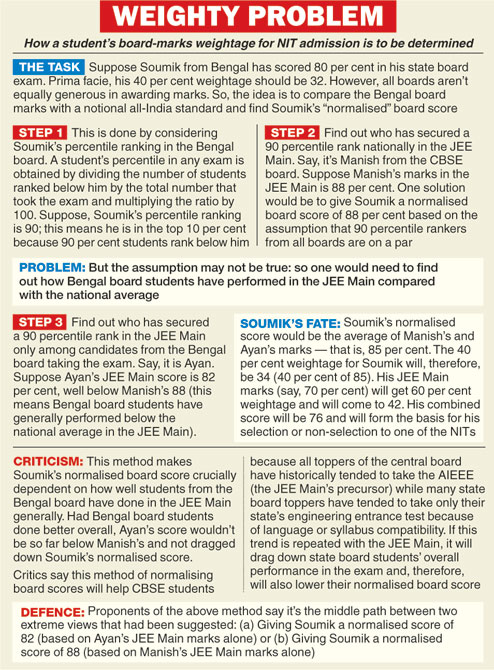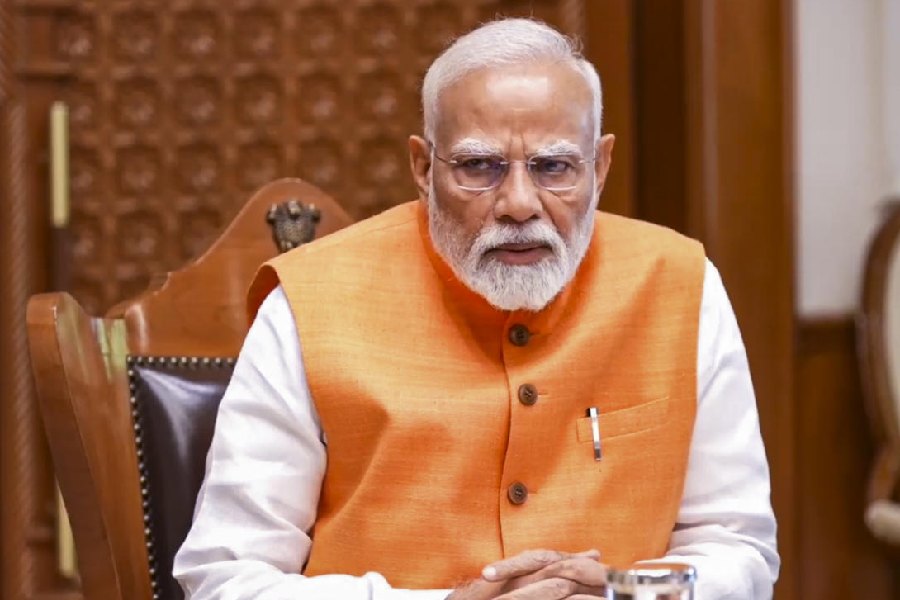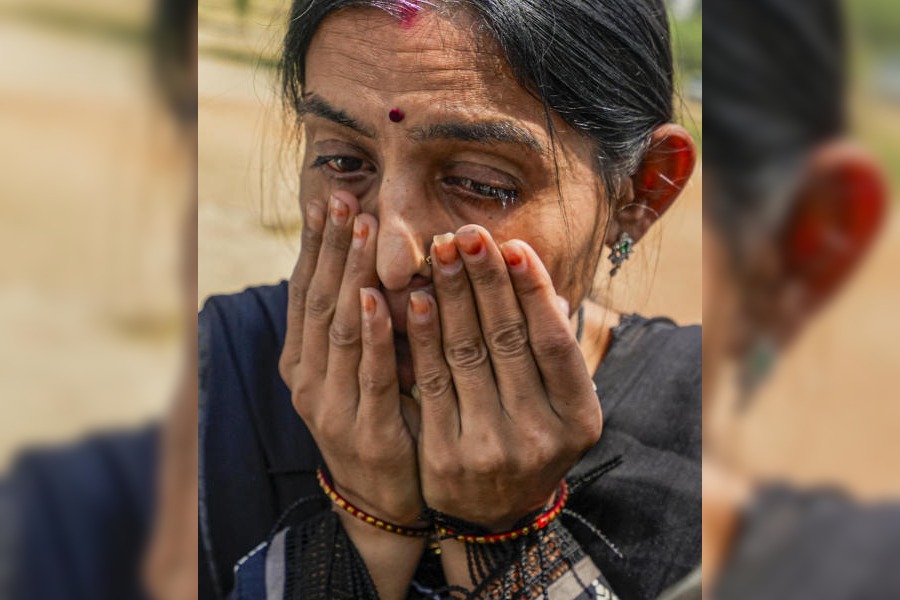 |
New Delhi, May 21: The formula adopted to convert JEE Main examinees’ board marks into a nationally comparable score for the purpose of NIT admission has been accused of favouring CBSE students over those from state boards.
During selections to the National Institutes of Technology, a candidate’s board score receives a 40 per cent weightage and their JEE Main score a 60 per cent weightage. Since all state boards are not equally generous in awarding marks, a method has been worked out to award a nationally comparable “normalised” score to each candidate. (See chart)
However, several mathematicians have argued that this method, which ties a candidate’s normalised board score to how well students from their board have performed in the JEE Main, is potentially unfair.
The idea behind the adopted formula is to use the JEE Main itself as a standard to compare the various boards against one another.
Thus, if Soumik from the Bengal board and Manish from the CBSE are both 90 percentile rankers in their respective board exams, and if Bengal board students haven’t done as well as CBSE students in the JEE Main, then Soumik gets a lower normalised board score than Manish.
(Of course, the remaining 60 per cent component depends only on Manish’s and Soumik’s individual scores in the JEE Main — here, the performance by others from their boards does not matter.)
The critics say that many of the best students from the state boards are known to skip the all-India test and take only the state entrance test because, among other reasons, they may not be comfortable writing their exam in English.
CBSE toppers, on the other hand, all tend to take the all-India test, so the overall JEE Main performance by CBSE students is likely to be better than that by state board students.
But, the critics say, Soumik got his 90 percentile board ranking while competing with all the best students from his board; so why should he suffer just because some of them skipped the JEE Main?
“This procedure denies a level playing field to candidates across boards. If this formula was applied last year, CBSE students would have gained a huge advantage over other students,” the director of the Chennai Mathematical Institute, Rajeeva Laxman Karandikar, told The Telegraph.
Although no hard figures about state board toppers skipping the all-India test are available, most academics agree that there is such a trend.
Besides, Karandikar said, the adopted formula’s flaws became evident when, as a test, it was applied to last year’s results of the All India Engineering Entrance Examination, which has been replaced by the JEE Main from this year.
It was found that if a CBSE student and another from any state board had the same board percentile rank and identical JEE Main marks, the CBSE student would have ended up with a higher final score.
“I had discussions with some of the committee members (who devised the adopted method) when this formula was being worked out and their work showed this point clearly. I strongly opposed this formula as ad hoc, half-baked and lacking in scientific basis,” Karandikar said.
P. Vellaisamy, a mathematician at IIT Bombay who specialises in statistical inference, echoed Karandikar.
“If the top rankers from all boards take the JEE Main, this formula would provide a level playing field. Otherwise, it will favour students from boards whose toppers’ representation is higher in the JEE Main,” Vellaisamy said.
The formula was worked out by a committee made up by CBSE chairman Vineet Joshi, NIT Delhi director Sandeep Sancheti, IIT Kanpur teacher Dheeraj Sanghi and a few experts from the Indian Statistical Institute, Calcutta.
CBSE chairperson Joshi said the formula was decided as “the middle path” between two others that were proposed. “This is the best possible formula,” he said.
Sanghi said: “There is no scientific data to suggest that the top rankers from other boards are not represented in the JEE in equal proportion as the top rankers from the CBSE.”
Another IIT teacher said the syllabus of the JEE Main was closer to that of the CBSE — so the central board’s students already had an advantage over others.











